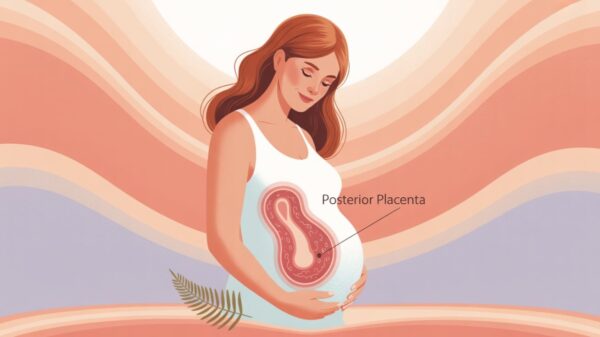Pregnancy is a transformative journey loaded with anticipation, especially as the due date nears. Many expectant mothers explore natural ways to induce labor, and one trending technique is curb walking. But does it work? To determine its effectiveness, this article examines the science, benefits, risks, and expert insights on curb walking during pregnancy.
What Is Curb Walking?
Curb walking is a simple movement technique that involves walking with one foot on the curb and the other on the street. This uneven gait is believed to encourage the baby to descend into the pelvis, potentially stimulating labor. Many women try to curb walking in the later stages of pregnancy when they are full-term and look for natural ways to help the labor process begin.
How Does Curb Walking Help Induce Labor?
While there is no definitive scientific proof that curb walking directly induces labor, many believe it offers the following benefits:
Encourages Baby’s Positioning
The asymmetrical walking motion may help open the pelvis, allowing the baby to move lower and apply pressure on the cervix. This pressure could stimulate the production of oxytocin, a hormone responsible for contractions.
Engages the Pelvic Floor Muscles
The shifting elevation engages the pelvic muscles, which may help prepare the body for labor by improving flexibility and strength.
Utilizes Gravity to Aid Movement
Just like regular walking, curb walking keeps the body in motion. Gravity may assist in positioning the baby optimally for birth.
What Do Experts Say?
Although curb walking is a widely discussed method, medical experts offer mixed opinions:
- According to the American College of Obstetricians and Gynecologists, walking is a safe and beneficial exercise during pregnancy. However, no scientific evidence confirms that curb walking induces explicit labor.
- Dr. Lisa Spencer, an OB-GYN, explains: “Curb walking can help keep the body active and may aid in fetal positioning, but it’s not a guaranteed method to induce labor. Always confer with your healthcare provider before trying any new techniques.”
Benefits of Curb Walking During Pregnancy

Even if curb walking doesn’t directly trigger labor, it provides several health benefits:
- Maintains Fitness Levels: Helps keep the body active and supports overall pregnancy wellness.
- Improves Circulation: Engages the legs and pelvic region, promoting better blood flow.
- Requires No Equipment: A convenient exercise that can be done almost anywhere.
- Reduces Anxiety: Light exercise releases endorphins, improving mood and lowering stress levels.
Safety Tips for Curb Walking While Pregnant
If you decide to try curb walking, keep these safety precautions in mind:
- Wear Proper Footwear: Choose supportive, non-slip shoes to reduce the risk of falling.
- Pick a Safe Location: Walk-in areas with smooth sidewalks and minimal traffic.
- Have a Support Partner: If possible, walk with a friend or family member for added stability.
- Listen to Your Body: Stop immediately if you feel dizzy, experience sharp pain, or contractions intensify suddenly.
- Stay Hydrated: Dehydration can lead to fatigue and muscle cramps.
Other Natural Ways to Encourage Labor
If you’re looking for alternative natural labor-inducing methods, consider the following:
- Prenatal Yoga: Specific poses may help open the pelvis and encourage relaxation.
- Spinning Babies Exercises: Techniques designed to optimize fetal positioning.
- Red Raspberry Leaf Tea: Believed to strengthen the uterus (consult your doctor first!).
- Walking & Squats: Gentle movement can engage the pelvic floor muscles.
- Acupressure & Massage: Some pressure points may promote contractions.
Conclusion
Curb walking During Pregnancy is a simple, low-impact exercise that may help with baby positioning and labor readiness. While it’s not scientifically proven to induce labor, it remains a safe and accessible activity for most pregnant women. However, it’s crucial to approach any physical activity during pregnancy with caution. Always check with your healthcare provider before trying new methods, wear proper footwear, and listen to your body’s signals. By incorporating curb walking into a well-rounded pregnancy exercise routine, expecting mothers may find it beneficial for overall health and well-being as they prepare for childbirth.











